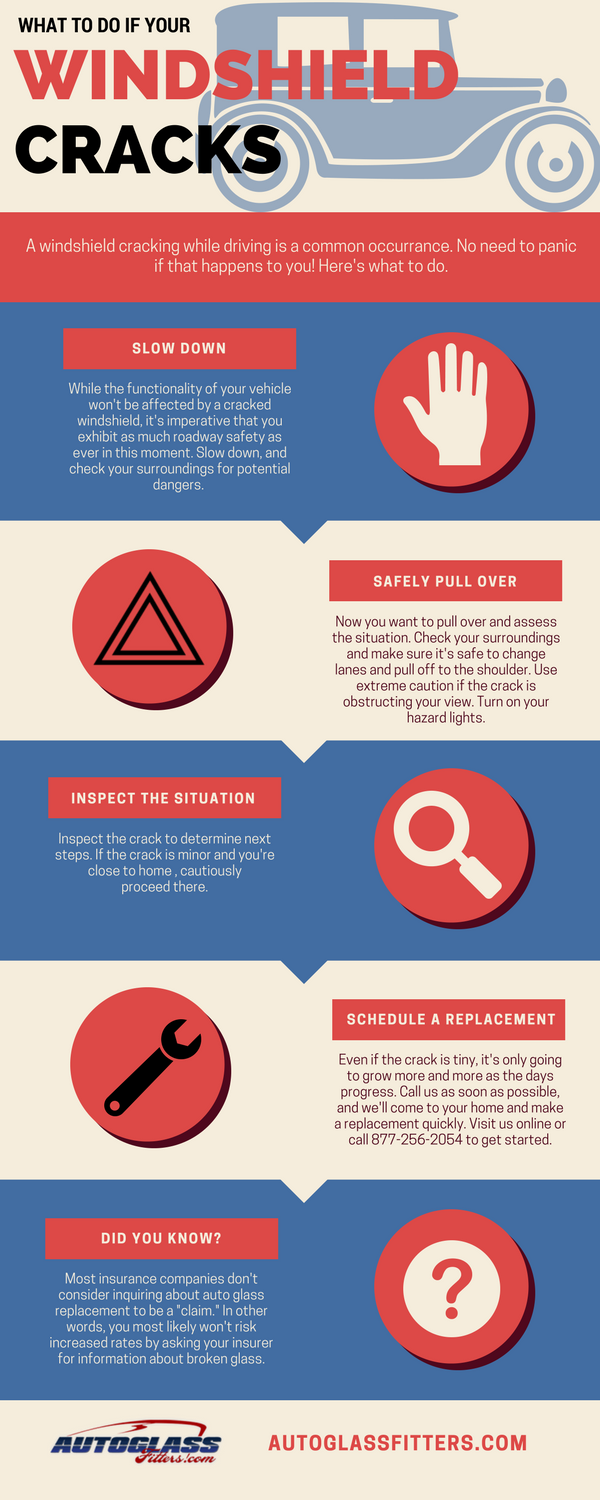The Most Effective Stress Washing Approaches For Different Surfaces
The Most Effective Stress Washing Approaches For Different Surfaces
Blog Article
Material Writer-Elgaard Puckett
When it involves push washing, the technique you select can make all the distinction in attaining a clean, streak-free surface. You could discover that tough surfaces, like concrete, require a different strategy than softer materials, such as wood or plastic. updated blog post to adapt your techniques to the surface kind to stop damage while optimizing cleaning performance. So, what are the most effective methods for every surface, and just how can you ensure you're using the right setups and tools for the task? Let's explore what you require to understand to get the very best results.
Tough Surface areas
When it concerns push washing difficult surfaces, prep work is essential. Before you even think of taking out the stress washer, take the time to clear the area of any type of debris, furniture, or barriers. You don't desire anything getting in your way or possibly damaging your devices.
Next off, examine the surface for any fractures or damage; this will certainly help you figure out the right approach and stress setups.
When you have actually prepared the location, it's important to choose the appropriate nozzle. For difficult surface areas like concrete or block, a narrow nozzle (15 or 25 degrees) functions best to give a focused stream of water that can properly eliminate gunk and discolorations. Always begin at a distance and progressively move more detailed to stay clear of any kind of surface damages.
As you start washing, keep the stick transferring to avoid touches and over-saturation. It's additionally practical to work from the top down, permitting dirt and debris to remove naturally.
Ultimately, bear in mind to rinse the surface area thoroughly after cleaning to get rid of any kind of leftover cleaning agent. With these strategies, you'll accomplish a tidy and refreshed appearance on all your hard surface areas.
Soft Surfaces
Pressure washing soft surfaces requires a gentler strategy to protect them from damages. Whether you're cleansing your deck, patio area furnishings, or siding, making use of too much stress can cause damages, scrapes, or perhaps irreparable damage.
Start by choosing a low-pressure nozzle, preferably a 25-degree or wider spray pattern, to distribute the water more carefully.
Before you begin, it's critical to pre-treat any type of stains with an ideal cleansing service. This action allows the cleaner to pass through the dirt and gunk, making it simpler to get rid of without scrubbing as well hard.
Always apply the remedy from all-time low as much as avoid spotting.
When you begin pressure washing, keep a range of at the very least 12 to 18 inches from the surface area. Relocate your stick in a sweeping activity, maintaining it alongside the surface area to prevent concentrated pressure on one spot.
Rinse the location completely after cleaning up to get rid of any recurring cleaner.
https://eduardointyc.webdesign96.com/33078364/the-merits-of-performing-home-window-cleansing-in-reduced-temperature-levels but not least, check the surface for any type of missed out on areas and duplicate the process if required. By complying with these actions, you can successfully tidy soft surfaces while preserving their honesty and look.
Specialized Surfaces
Cleansing soft surface areas calls for treatment, yet specialized surfaces demand even more interest to detail. When you take on these surface areas, like fragile timber, stained concrete, or certain types of siding, utilizing the best pressure washing methods is important to prevent damages.
Initially, examine home window cleaning service . For instance, treated timber can usually withstand modest stress, yet softer woods like cedar may call for a reduced setup. Constantly start with the lowest pressure and gradually enhance if needed.
For tarnished concrete, utilize a follower spray nozzle and preserve a constant range to stop etching the surface.
When taking care of surfaces like vinyl home siding or painted surfaces, a vast spray pattern aids disperse the pressure uniformly, shielding the finish.
It's also smart to make use of cleaning agents especially made for specialized surface areas. They can improve cleaning without compromising the material.
Wash thoroughly after washing to eliminate any kind of residue, as it can result in staining or wear and tear in time.
Conclusion
Finally, understanding stress cleaning methods for different surfaces can make all the difference in your cleansing outcomes. For tough surfaces, stick to slim nozzles and a top-to-bottom method, while soft surfaces need a gentler touch with wider nozzles. Do not fail to remember to pre-treat discolorations and wash thoroughly to stay clear of residue. By adjusting your techniques per material, you'll not just achieve a cleaner coating however likewise protect the stability of your surfaces. Delighted cleansing!
